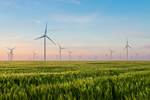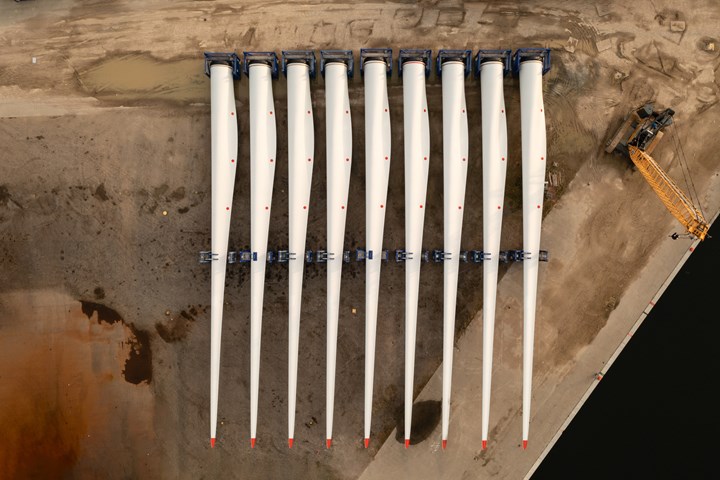Vestas to establish second offshore wind blade facility in Poland
Efforts are ramping up to support the growing demand for offshore wind in Europe, with the wind blade factory starting operations in 2026, and a previously announced nacelle assembly facility in the same location in 2025.
Vestas (Hamburg, Germany) announces plans to establish a new blade factory in Szczecin, Poland. The facility is planned to produce blades for Vestas’ flagship offshore wind turbine, the V236-15.0 megwatt (MW), and is expected to start operations in 2026, creating more than 1,000 direct jobs. Together with Vestas’ previously announced plans to establish an assembly factory for offshore nacelles in Szczecin, Vestas’ manufacturing footprint could increase with more than 1,700 jobs by 2026.
“Vestas intends to lead the development of a sustainable supply chain in Europe that can deliver the scale needed to meet the expected growth in demand for offshore wind,” Tommy Rahbek Nielsen, Vestas COO, says. “Our plans for two new offshore factories in Poland underline that Europe can spur wind industry investments and green jobs with the right long-term policy commitments for offshore wind projects.”
The new offshore blade factory is planned to be located at a site in northern Szczecin, which Vestas acquired in February 2023. The site is close to the Ostrów Brdowski Island in Szczecin where Vestas’ planned nacelle assembly factory would be located. The assembly factory is expected to start operations in 2025 and create 700 jobs.
The factories will aid European — and to some extent, global demand — playing a crucial role in supporting Poland and the European offshore wind market and industry. With the two factories in Szczecin, together with Vestas’ already existing footprint, the company is expected to soon employ more than 2,500 people in Poland.
Vestas’ manufacturing footprint strategy is to prioritize markets where there is long-term certainty around market conditions and where the company has secured a sustainable order volume. Other locations where those conditions are met are also being considered for new capacity.
Related Content
-
How composites have become a necessity
Composites used to be one of many material options across industries and applications, but that's not the case anymore.
-
Recycling end-of-life composite parts: New methods, markets
From infrastructure solutions to consumer products, Polish recycler Anmet and Netherlands-based researchers are developing new methods for repurposing wind turbine blades and other composite parts.
-
Honda begins production of 2025 CR-V e:FCEV with Type 4 hydrogen tanks in U.S.
Model includes new technologies produced at Performance Manufacturing Center (PMC) in Marysville, Ohio, which is part of Honda hydrogen business strategy that includes Class 8 trucks.

















